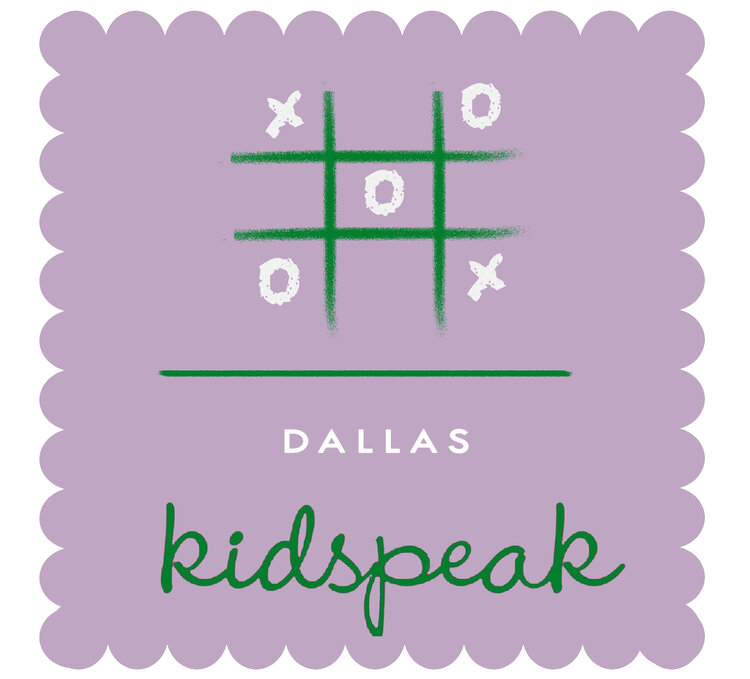Requesting is a social communication skill that is often difficult for children with language disorders or children with ASD. Within our last blog we went over some tips on how to work on requesting during mealtimes. This week we are going to focus on PLAY times!
We want to make sure that your child has natural requesting opportunities throughout their day. So think about how your house and your daily routines are set up. Does your child have to request a toy before playing with it or are his/her toys always available to them? Are all of your child’s toys out on the floor for them to play with? If so we want to get these toys out of reach. Before you start organizing your space, think about the following questions: Where does your child play? What are his/her favorite toys? What toys do you want them to play with but they don’t? What toys are too big/heavy to move? Here is what we suggest:
1. Pick up all your child’s toys and place them in baggies/bins and label them with a picture. Then place these out of your child’s reach like in a toy closet that locks, up high on shelves, etc.
2. Pick out two to three toys to leave out at all times within the area where they play. Try to pick two toys that they like and one toy that they don’t like. Then each week change out these toys. If you have an easel that you can’t move, then leave that out but don’t leave out the art supplies. If you have a train table, then leave that out but don’t leave out the trains.
So now that your environment lends itself for your child to request, how do you work on requesting? Here are a few steps you can follow to help your child work on requesting:
Step 1: You will need visuals of the toys your child can choose from.
Step 2: You will need a choice board. On this board you will put the toys that your child can choose from. You want to start with two to three toys and then build up to more. We like to use a plain manila file folder.
Step 3: During play times show your child the toy pictures and say the words (“puzzle, cars, books”). Allow your child to look at the pictures. Here are the possible responses:
1. They may not make a choice. If this is the case, then take their hand and help them touch one of the pictures and say (model) “puzzles” and give them a puzzle.
2. If they reach/grab/point to one of the pictures then say (model) “puzzle” and give a puzzle.
3. They may say both of the choices or even all of the choices. In this case take their hand and help them touch one of the pictures and say “puzzle” and give them a puzzle.
Continue this throughout your playtime. When they are finished with a toy, they can place that picture on the “finished” side of their choice board and make a new choice.
Step 4: Once your child does a nice job of making choices, you can work on making more than one choice in advance, PLANNING, which is an important cognitive skill. Do this by having them pick their first choice and placing this next to number one. Then you pick their second choice immediately and say “second + toy” (“second, books”) and place it on their choice board next to number two. After they are done playing with the first toy, take the picture of the first toy and place it under “finished.” Then it is time to play with the second toy.
Remember that every child learns differently. Some children may begin to use their words within days and others may take weeks and months. Also, if your child can make toy choices at therapy and at their school, then talk with their teachers and therapists about using the same strategies.
~KidSpeak, LLC
**Please note that you can make choice boards in many different ways -- this is the way that we have found has been the most successful in all of the environments we visit: therapy room, school, home, church, etc.
The Picture Communication Symbols
©1981-2018 Tobii Dynavox, LLC
were created by KidSpeak, LLC and are
used under contractual agreement.
All rights reserved worldwide.





